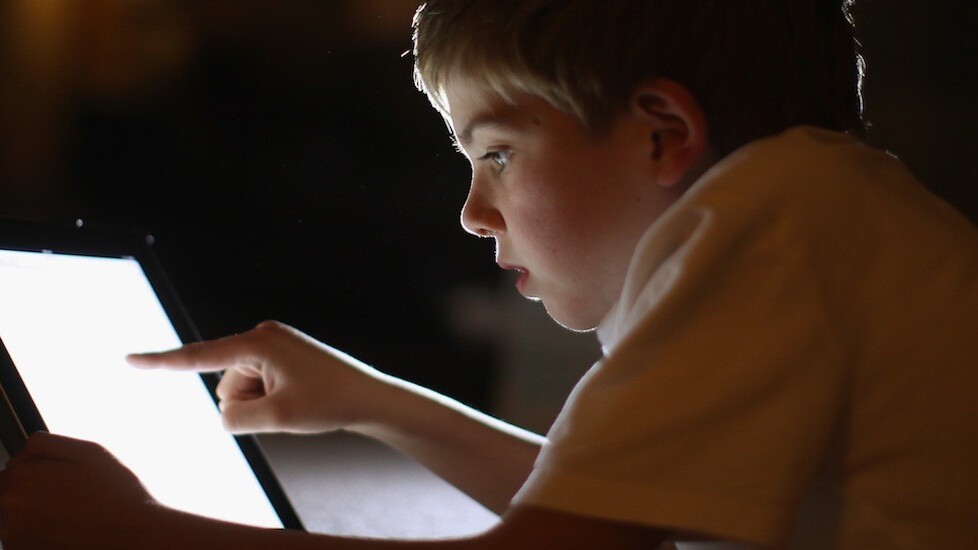
The Internet has been revolutionizing education, and tech giants are swooping in on the immense potential for schools to become more connected, as Apple has pulled out all the stops to cater to the education sector in its latest iOS version, offering new features that “make it easier for institutions to put devices in the hands of students”.
A couple of weeks after Apple announced iOS 7 in beta for the iPhone – iPad support has also been added recently – which will be released to the public this fall, the company has unveiled its initiatives for schools to buy, distribute and manage apps with more ease on iOS 7.
Students with their own personal Apple IDs can now receive licenses in the new app store’s Volume Purchase Program (VPP). What institutions can do is purchase app licenses through the VPP website and use their mobile device management (MDM) software to assign apps to students, faculty and staff. Students get to sign on with their Apple IDs and apps will either be installed automatically via MDM or will be reflected in the purchase history for self-service download.
Schools will also have a program to facilitate Apple obtaining verifiable parental consent for personal Apple IDs for students under age 13, the company said.
Besides iOS apps, VPP also supports Mac apps and even books now, making it easier for schools to provide all the tools needed for classes. With iOS 7, the MDM protocol has also been updated to give teachers more control. They can remotely lock or unlock their iOS devices into a specific app to make sure students are on the same activity at the same time. It is also possible to set up managed apps wirelessly and control which accounts and apps can open certain documents.
Apple’s new software also allows new devices purchased by a school to be wirelessly enrolled into its MDM system during setup in supervised mode, allowing schools to manage their use more effectively. As a manager, you only have to authenticate into your institution’s apps once – with Single Sign On (SSO), user credentials can be used across apps and each new app configured with SSO is able to verify the user is allowed access to institutional resources.
A new function called AirDrop lets users transfer photos, videos, or documents between iOS devices, making it easy for teachers and students to collaborate. Users just tap the Share icon within an app and select the person they want to share with, and all transfers are encrypted.
Apple has also extended these new management options to its Apple TV, which can be enrolled in MDM and can prompt a student to mirror their screen on a specific big screen for better teaching options to a larger class.
Last year marked Apple’s big push into education, with Apple’s Phil Schiller saying: ”Education is deep in our DNA, and it has been from the very beginning.” In January, Apple launched a textbooks initiative in partnership with major publishers that would put digital versions of expensive textbooks in the store for around $15 or so, and in October iBooks 3 was released.
The iPad has also been widely adopted by educational institutions and students. According to Apple in January 2012, a whopping 1.5 million iPads were already in use in educational programs back then.
Last week, Apple signed a significant deal with the Los Angeles School Board of Education that will bring $30 million worth of iPads to the school district in its initial roll out.
Image Credit: Christopher Furlong via Getty Images
Get the TNW newsletter
Get the most important tech news in your inbox each week.




